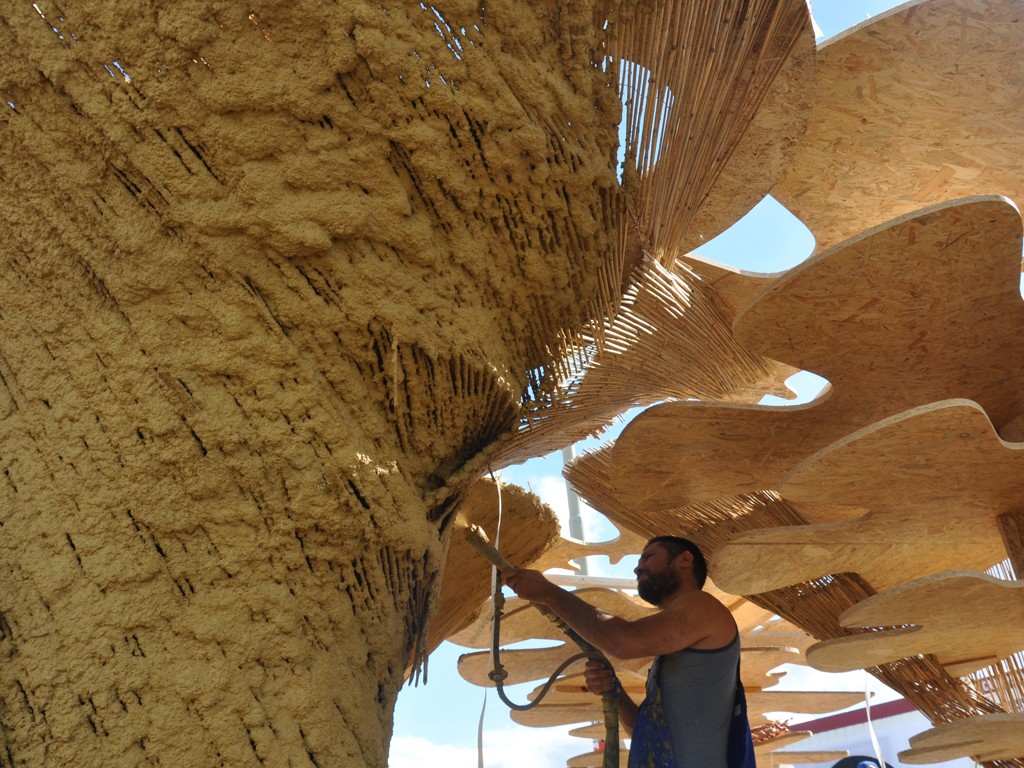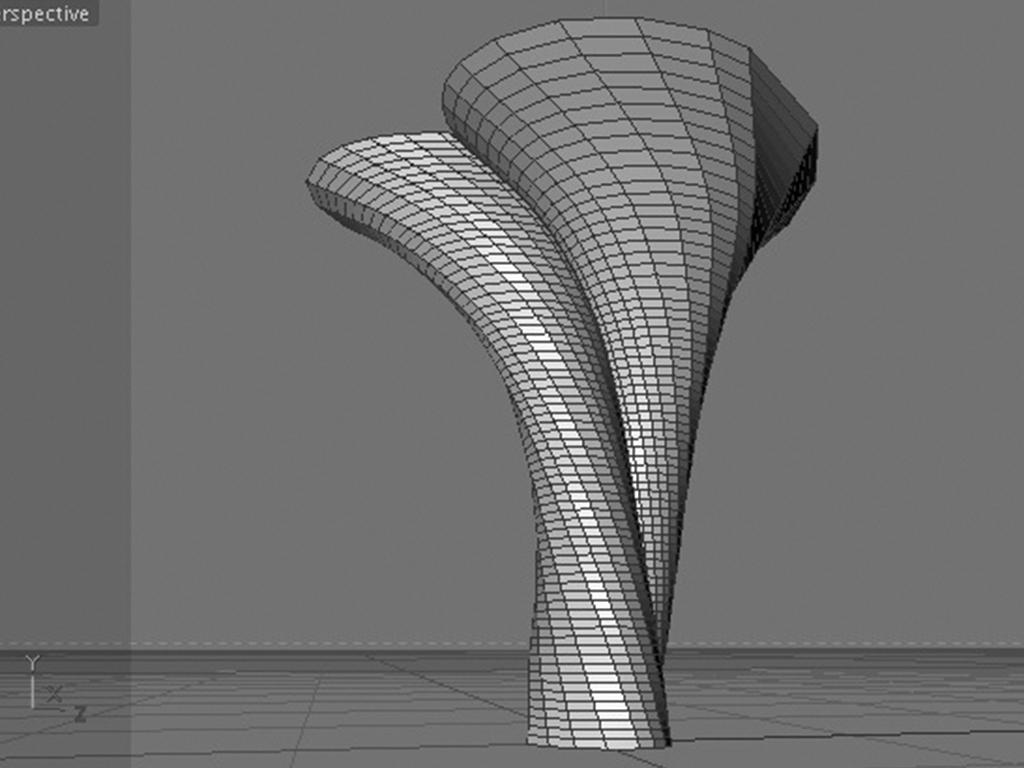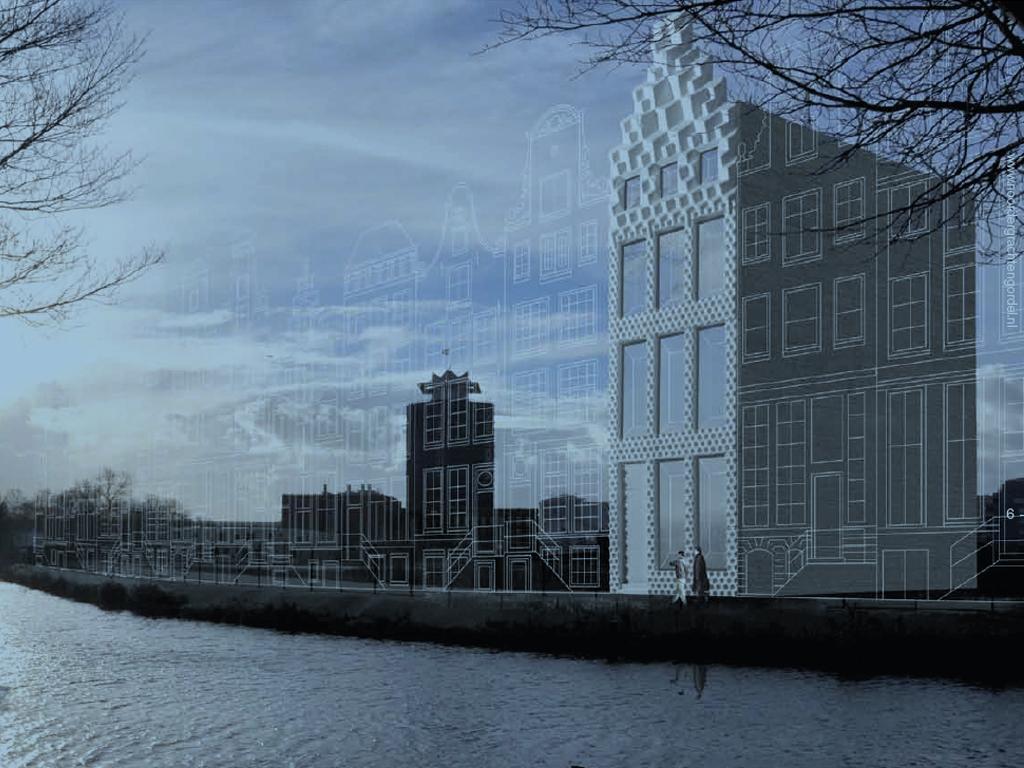During the three days of the PICNIC Festival 2011, the NDSM Wharf saw an exceptional sculpture emerge combining ancient earth building techniques with computer-generated design. Built by the Open Design Lab of Waag.
"We are hypercrafting the modern landscape", Bas van Abel said about the building. That sounds very interesting, but what does it mean? Ever since the Industrial Revolution, we’ve been building in mass production. It was simply too difficult or expensive to create, say, a brick that has a different form. But nowadays we can use a computer program to make any design as complicated or extraordinary as we wish for. And we have the machines to produce it, for example, with a 3-D printer.
This combination of computer technology and modern machinery can be looked at as 21st century craftsmanship. This means we can all build anything that comes up in our minds.The Waag team took this 21st-century crafting and combined it with ecological building. Van Abel: "This is a 21st-century trend as well. Building with materials that you can find in your own backyard is much more sustainable than getting it shipped in from another continent. A popular material in European backyards is mud or clay."
Therefore, Waag brought together a team of designers, architects and craftsmen. They are combining ancient earth building techniques with computer-generated design. This digital fabrication in architecture makes it possible to transfer designs made on a computer to computer controlled machinery that creates actual building component. This is what they call: hypercrafting. But you can think of it as ancient Africa meets modern Europe as well.
Thanks to the NDSM Wharf, the sculpture could remain for some time on the site after the PICNIC festival ended, for everyone to visit and enjoy.
This project was a cooperation with Arne Hendriks, DUS Architects, PICNIC and NDSM Wharf. Made possible by SNS REAAL Fund.
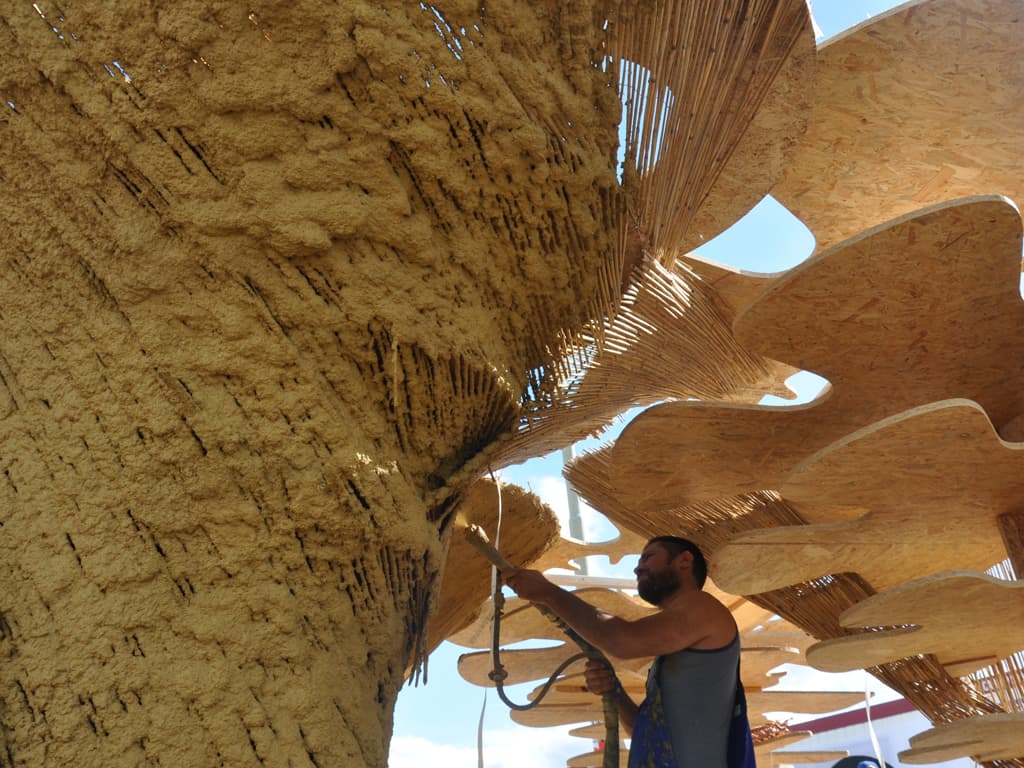
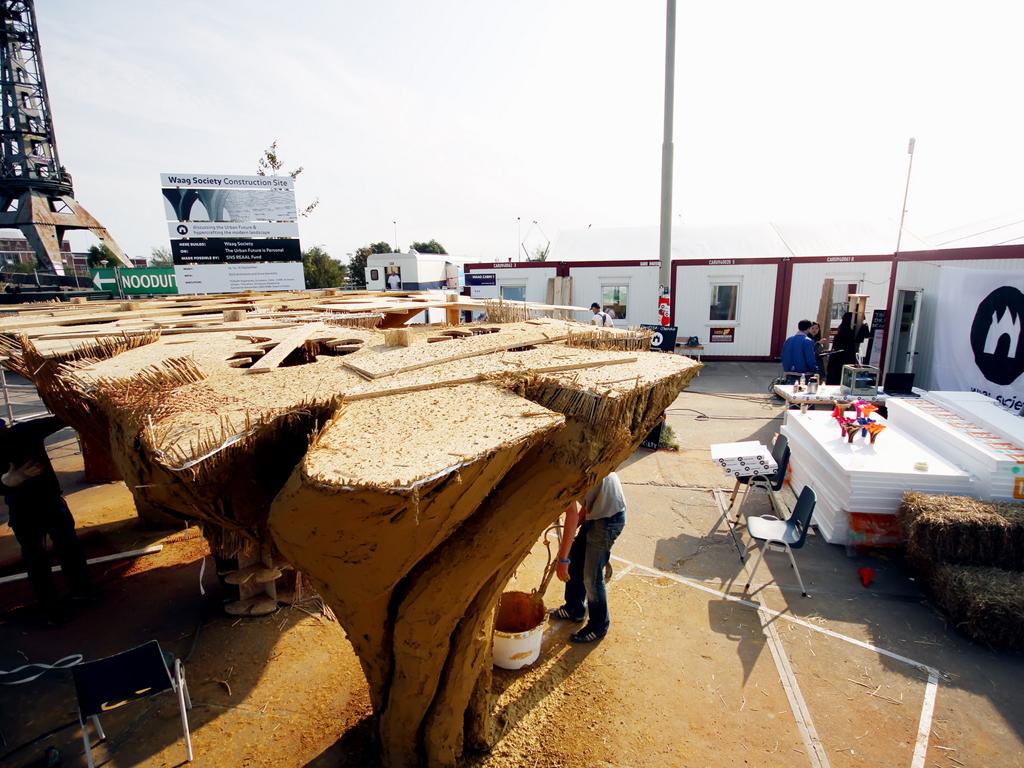
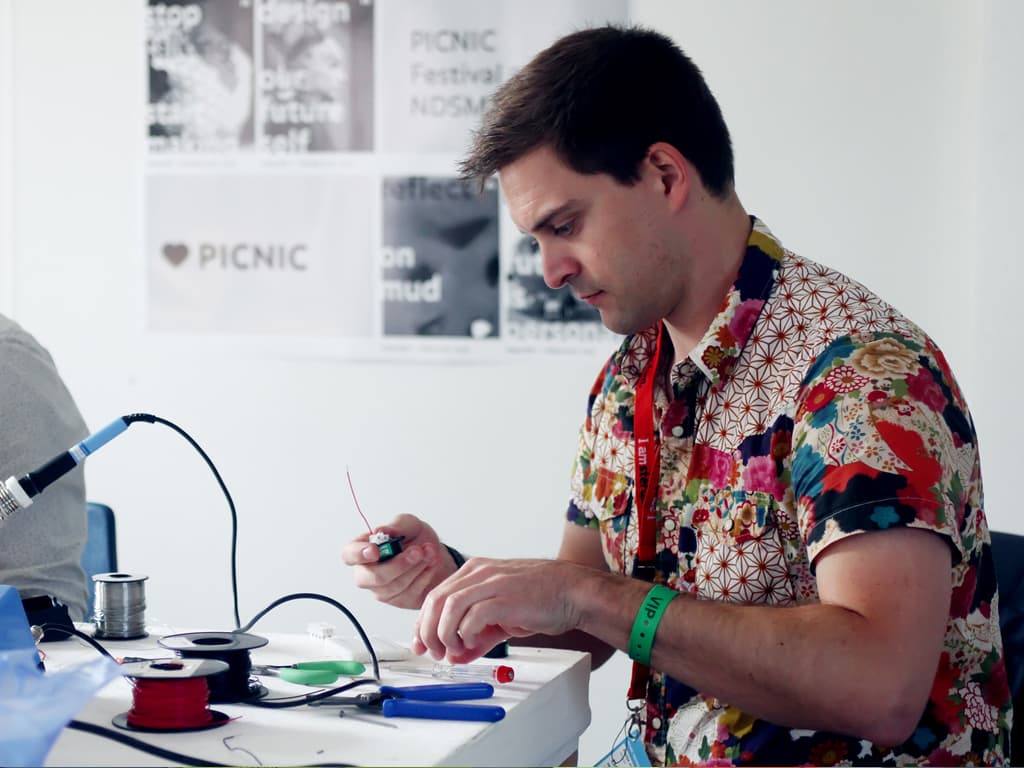
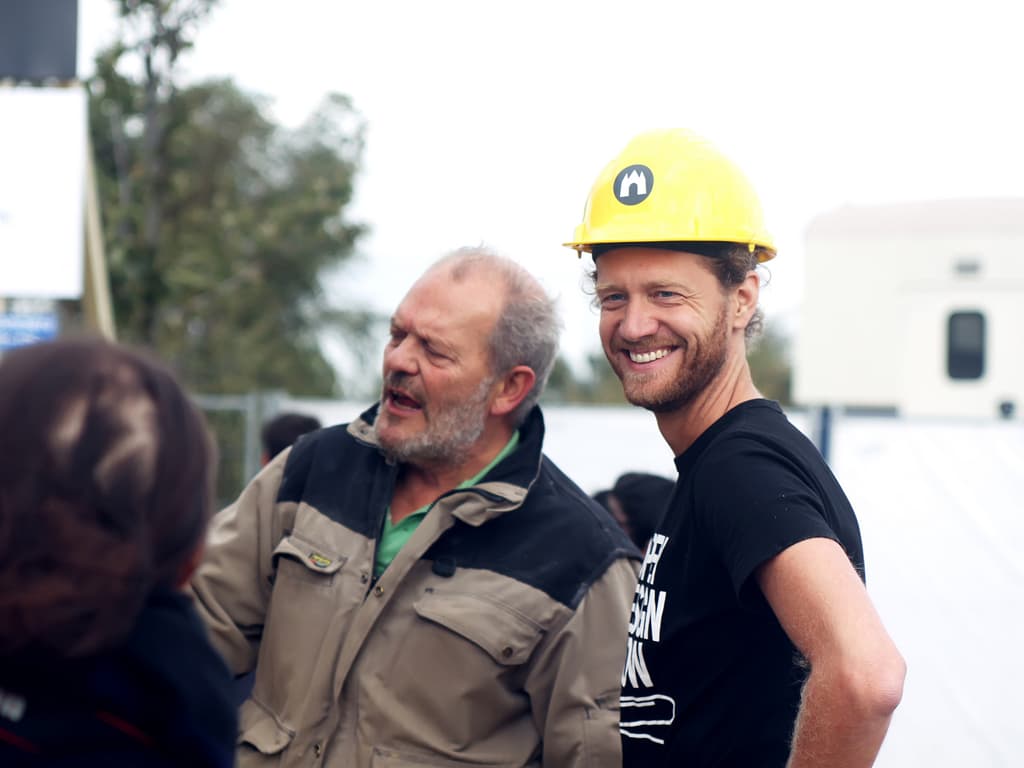
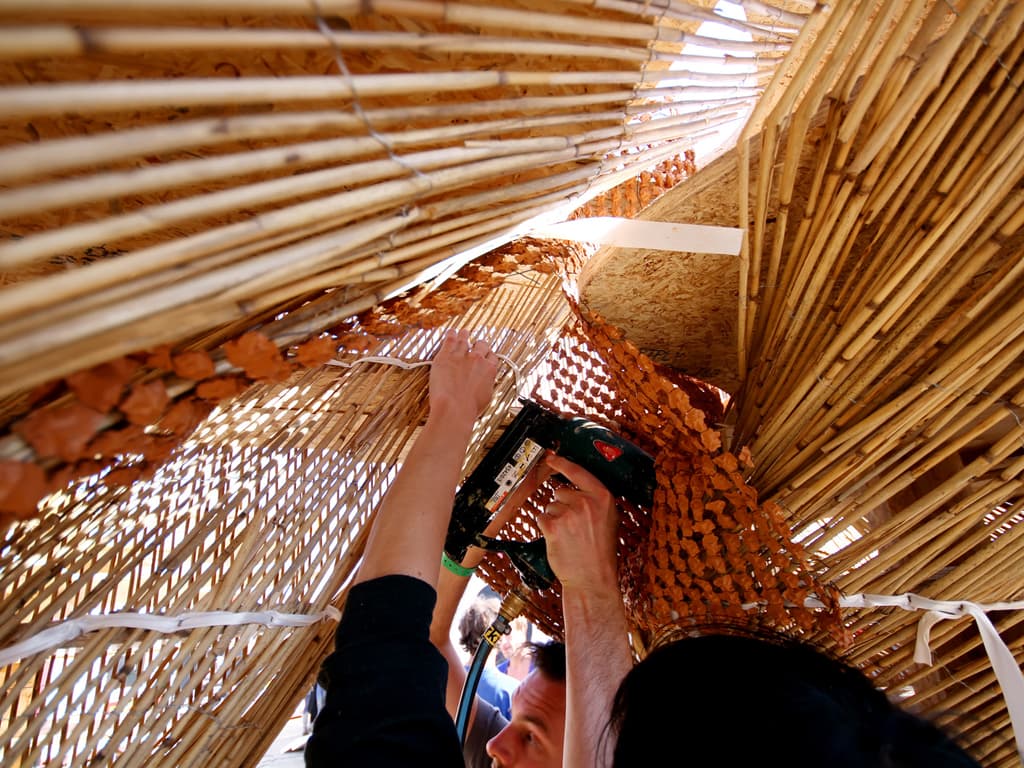
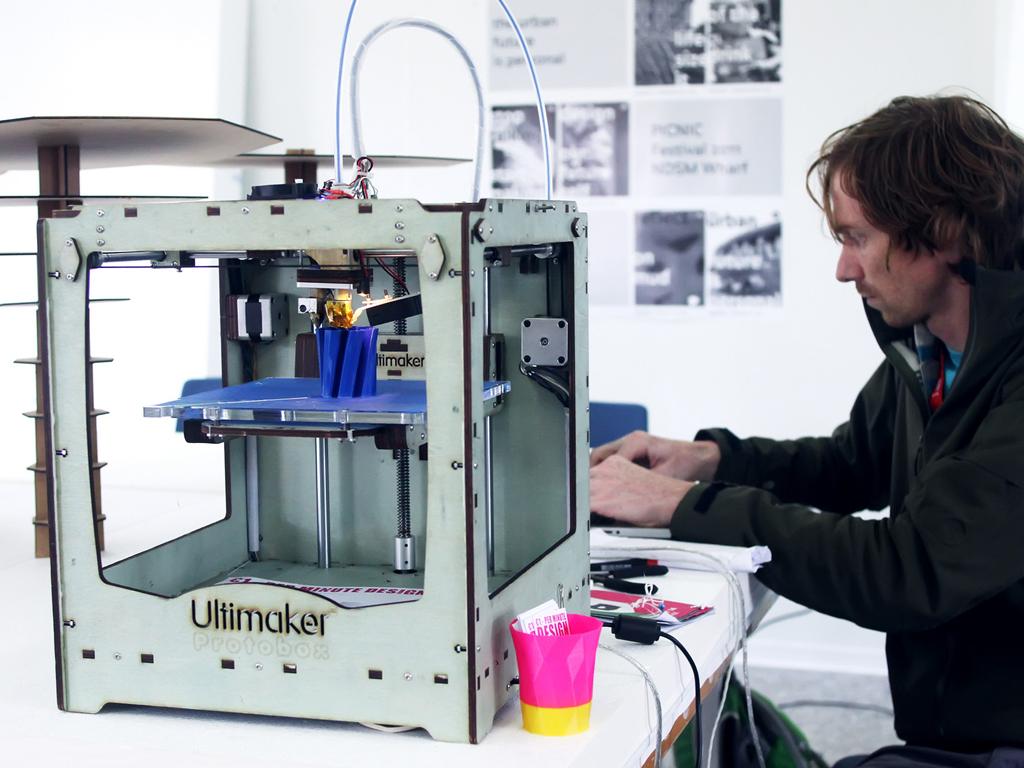
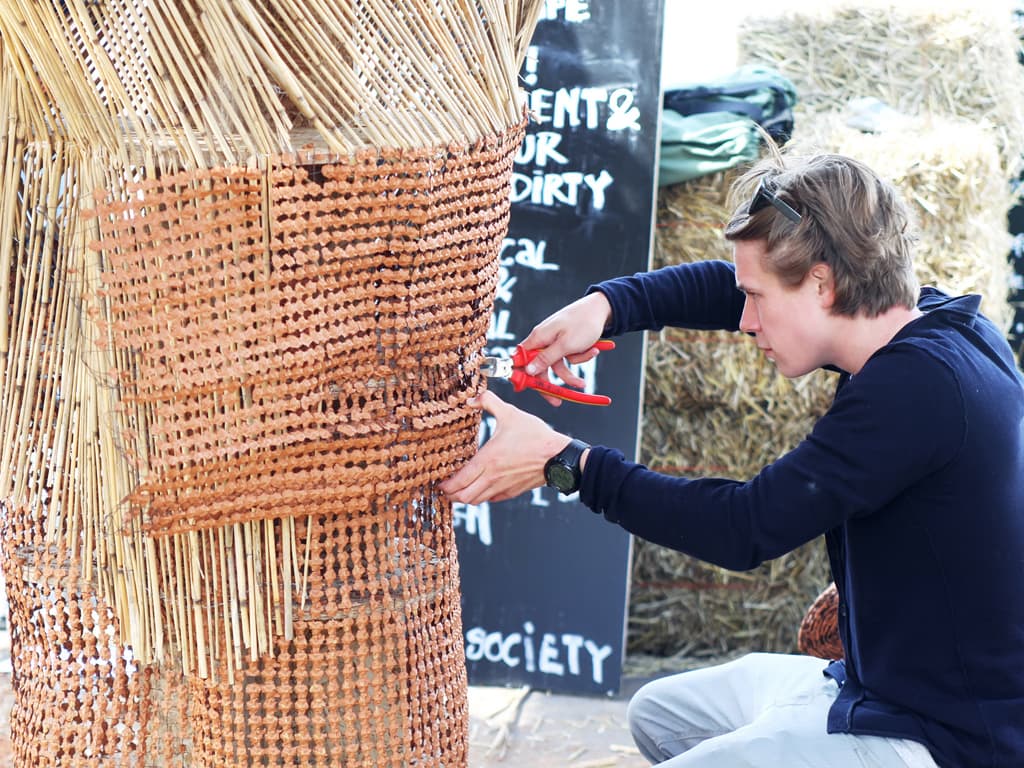
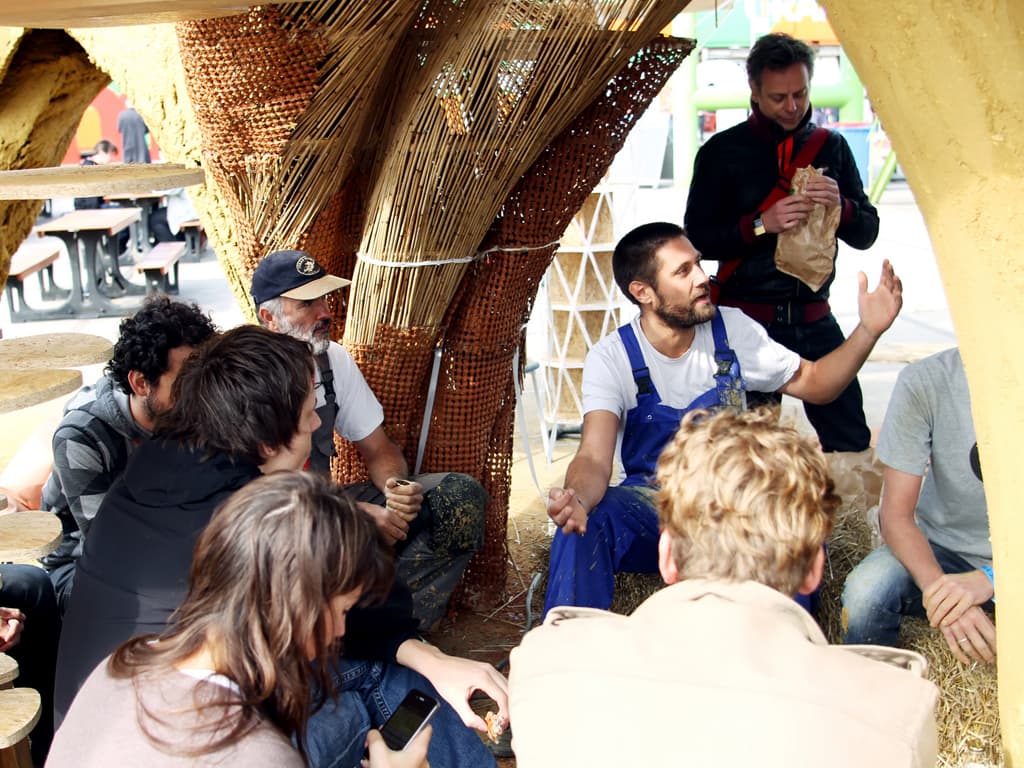
Meta data
Project duration
Publications
Financiers
- Fonds21
Partners
- Arne Hendriks
- DUS Architecten
